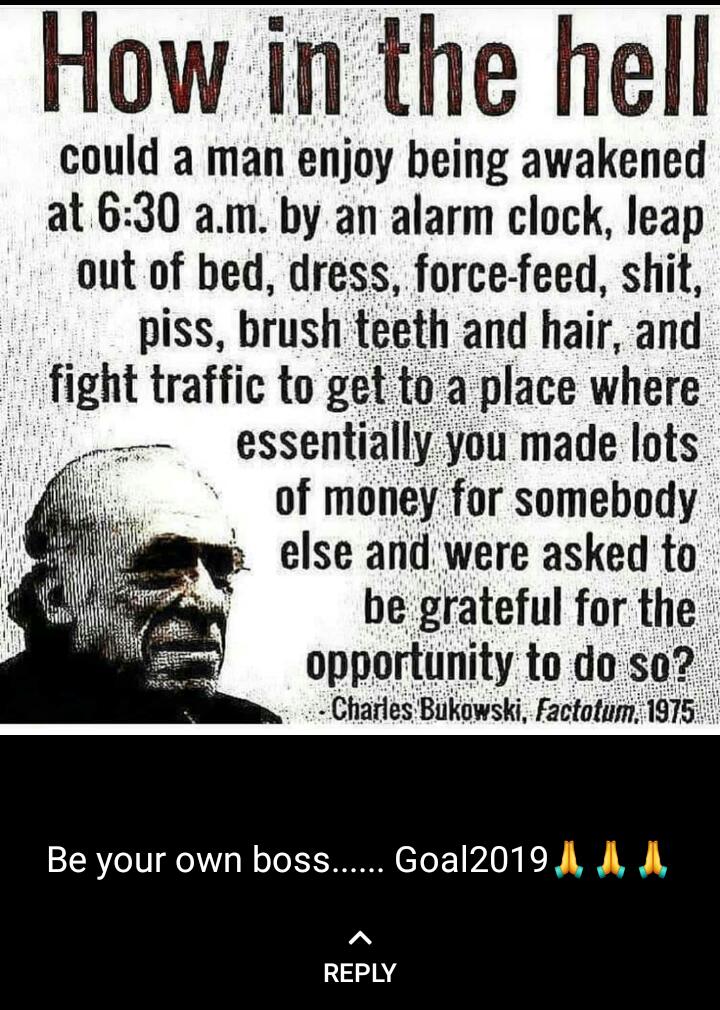A critical measure of success for most security roles is the ability to influence. I’ve often found people think influence skills are innate - you have them or you don't. But, as with most “soft skills”, they can be learnt. Here are some:
1/16
2/16
3/16
4/16
5/16
6/16
7/16
8/16
9/16
10/16
11/16
12/16
13/16
14/16
15/16
16/16







